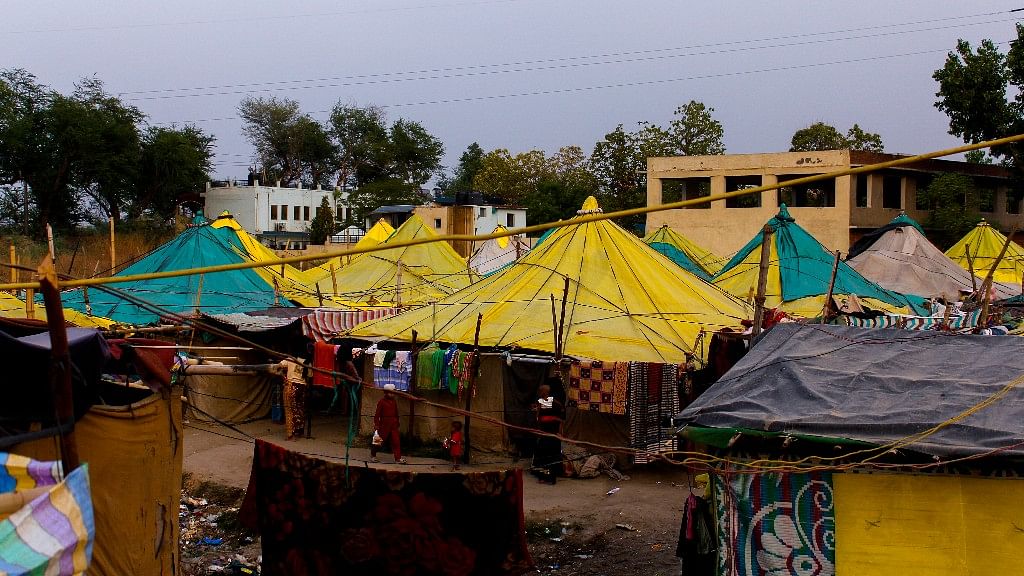Delhi’s Rohingyas Adapt to Camp Life, Months After Fire Tragedy
“There is nothing left here for us after the fire. We don’t even have proper toilets.”

Kulsuma Khatoon, 31, sitting outside a shanty with other women from the camp on a hot summer afternoon, complained, “There is nothing left here for us after the fire. We don’t even have proper toilets.”
After a massive fire in April reduced the Rohingyas’ settlement at Delhi’s Madanpur Khadar to ashes and rendered the families more vulnerable than ever, an encampment has been built for the affected 55 families a few meters away from where the fire broke out.
“Before the fire broke out, we lived in multi-storey shanties,” said Shakir Rehman, 26, one of the representatives of Rohingya refugees.
Having had to re-start their life from scratch after the fire, almost all residents now live in tiny huts with little or no space for the family to sit or lie down comfortably. These confined makeshift houses also double up as kitchens and, in many cases, as bathrooms for women.
Most refugee families in the camp depend on donations made by residents of the surrounding areas for their monthly ration requirements. They, otherwise, only get to eat boiled rice and spinach leaves.
“Fearing another mishap like the fire that broke out in April this year, the men in the camp sleep in shifts,” explained Shakir.
Privacy is a luxury for all these families, who often have to share the tent with other families; their living spaces separated merely by a bed sheet or a curtain-like cloth.
The residents, on being asked about their homes, reminisced the peaceful and comfortable lives they led before the outbreak of the violence; some even explaining how their previous houses would easily be more than 10 times as big as the makeshift houses they currently live in.
(Eisha Hussain is a freelance journalist currently pursuing an MA in Convergent Journalism at AJK MCRC, Jamia Millia Islamia. She tweets @veraciousdame)
(At The Quint, we are answerable only to our audience. Play an active role in shaping our journalism by becoming a member. Because the truth is worth it.)